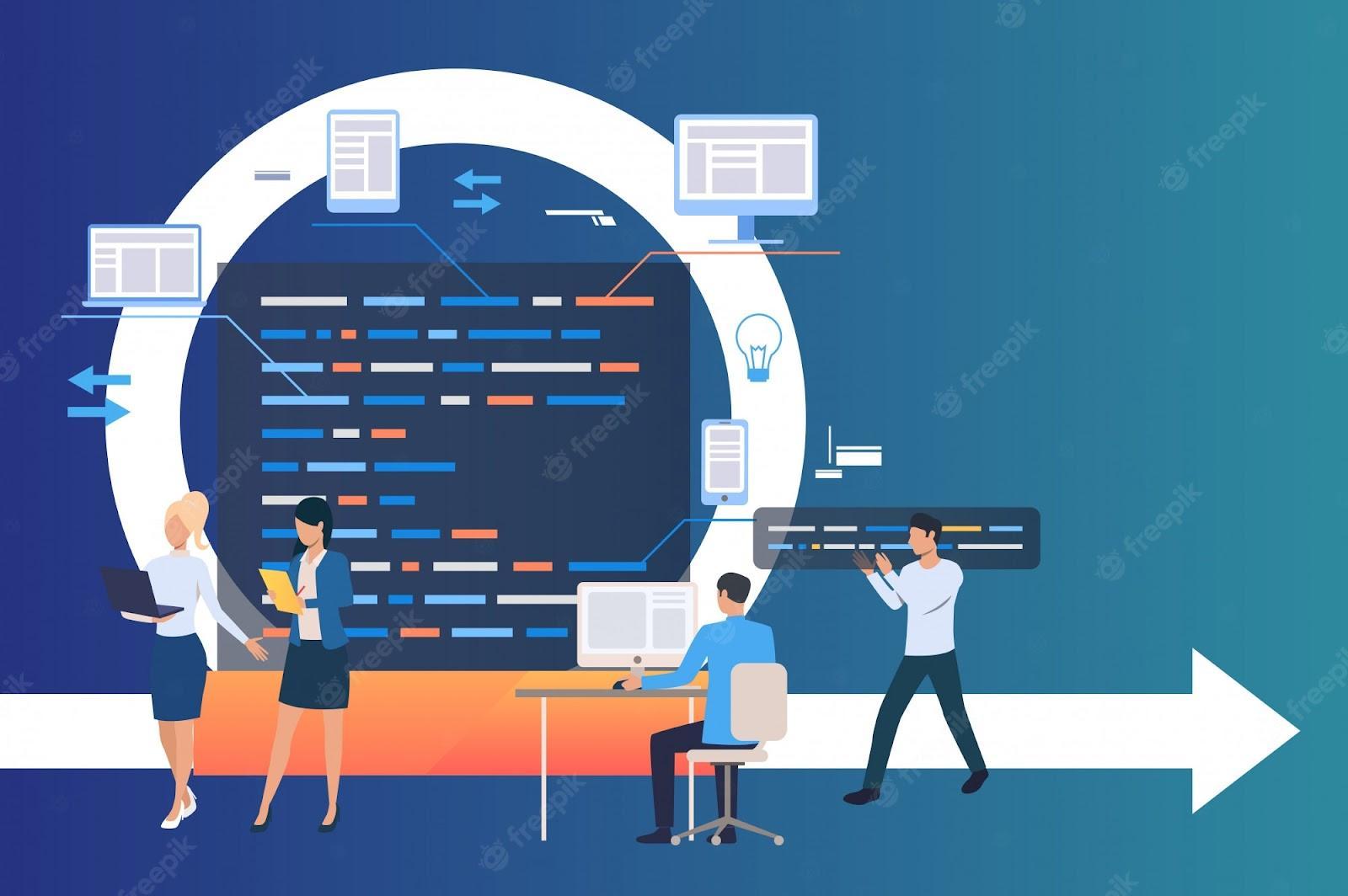The software development process (SDLC) is a set of steps that software companies use to create new software. Every company has its own way of going about it, but as you’d expect, they all follow a similar set of steps. These processes differ from company to company because every firm works differently and has different needs. While one firm may find that a certain process works best for them, another firm might find that the same process doesn’t work at all for them. The key is to find which ones work best for your company and implement those in your workflow. To help you better understand how the SDLC works and which steps will benefit your company most, we have compiled this list of what each step entails.
Define
This is the first and most important step in the entire software development process. It’s the step where the company defines what their product or service will be and what use case it will serve. The company will also define the project’s objectives, timeline, and budget. This step is crucial because it helps you figure out if you even need to create a new piece of software. If you don’t know what you’re trying to accomplish, you probably won’t get the desired results.
Requirements gathering
After you have defined your product, the next step is to gather requirements. A requirement is something that is needed in order to achieve a certain goal or objective. Requirements gathering is important because it helps you figure out what you need your product to do and what features it will need in order to satisfy the needs of your customers.
During this stage, the company will meet with their clients and stakeholders to discuss the product and ask them what it needs to do in order for them to be happy with it. Once all their needs are gathered, the company will write them down to keep track of them. Once the requirements have been gathered, the next step is to organize them and put them in a document that all stakeholders can agree on. This is where functional specs come in.
Software Architecture and Design
The next step in the software development process is software architecture and design. If you haven’t heard of these things before, they’re actually pretty closely related.
Architecture is the process of creating a guideline for all the other departments in the company. It’s a document that makes sure every department follows a set of rules and that everything works together as intended. Architecture is important because it determines how the company will create the software and how long it will take.
Design is sort of like architecture’s little brother. Whereas architecture is a high-level plan, design is a mid-level plan that focuses on each individual part of the architecture and how it should look.
Build
After the architecture and design have been finalized, the next step is to build the product. This is the part of the process where the engineers take their designs and make the actual software.
At this stage, nothing is 100% finished yet because the company is still figuring out what they’re going to do. Because of that, the engineers will create a set of mockups that show what the software will look like. Because the product isn’t finished yet, the mockups are only for viewing purposes. The client and stakeholders will use these mockups to get an idea of what the finished product will look like. Once the mockups are finalized, development on the product will begin and the mockups will be replaced with the actual product.
Test/Review
Now that the product has been built, it is time to test it. This step of the software development process might be different for you depending on what kind of company you are. If you’re a software development company, you may test the product internally and be done with it. If you’re a software development agency and you’ve hired a third-party software testing company, then the testing will be done by the testing company.
In either case, the testing is done to make sure there are no bugs in the software. The stakeholders will also review the product to make sure it’s up to their standards and that it does what they wanted it to do. If everything looks good, the product will be ready to launch. If there are any problems, the team will have to go back to the drawing board and start over. (Or in the case of an agency, find out what went wrong and report it to their client.) If there are no problems and the stakeholders are happy with the product, it will be ready to be launched.
Conclusion
Once you’ve made it through the entire software development process, you can finally sit back and relax. All the hard work you’ve put in will hopefully result in a successful product that makes your customers happy. While creating new software can be challenging and time-consuming, it’s also extremely rewarding. When you see your product come to life, you’ll know that all your hard work has paid off. It’s important to remember that software development is a fluid process and nothing is written in stone. You should always be ready to go back to the drawing board if things don’t go as planned. If you follow a software development process and use the above steps, you will have a better idea of how long it will take to create a new product and how much it will cost.
Lucas Noah, armed with a Bachelor’s degree in Information & Technology, stands as a prominent figure in the realm of tech journalism. Currently holding the position of Senior Admin, Lucas contributes his expertise to two esteemed companies: OceanaExpress LLC and CreativeOutrank LLC. His... Read more
